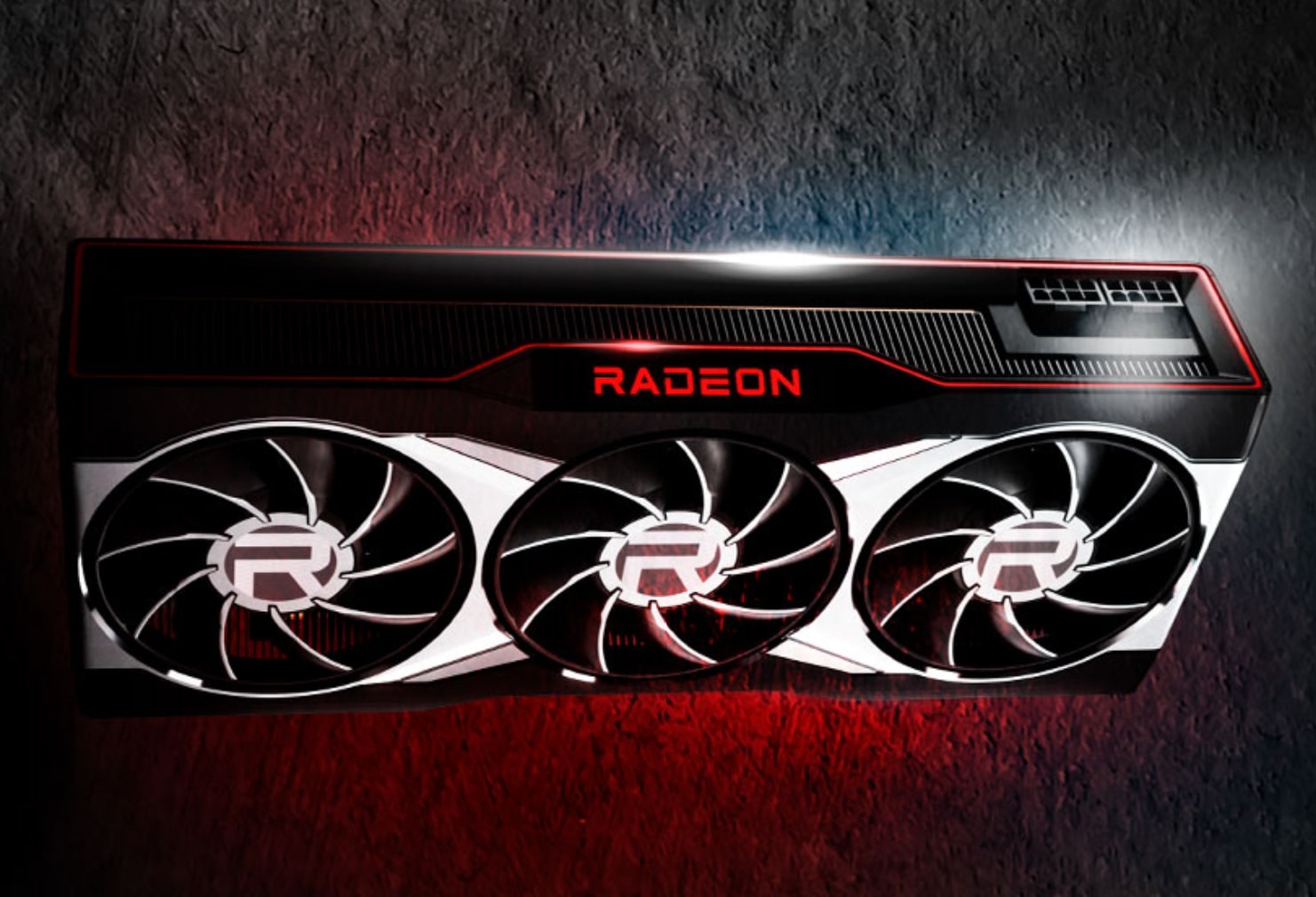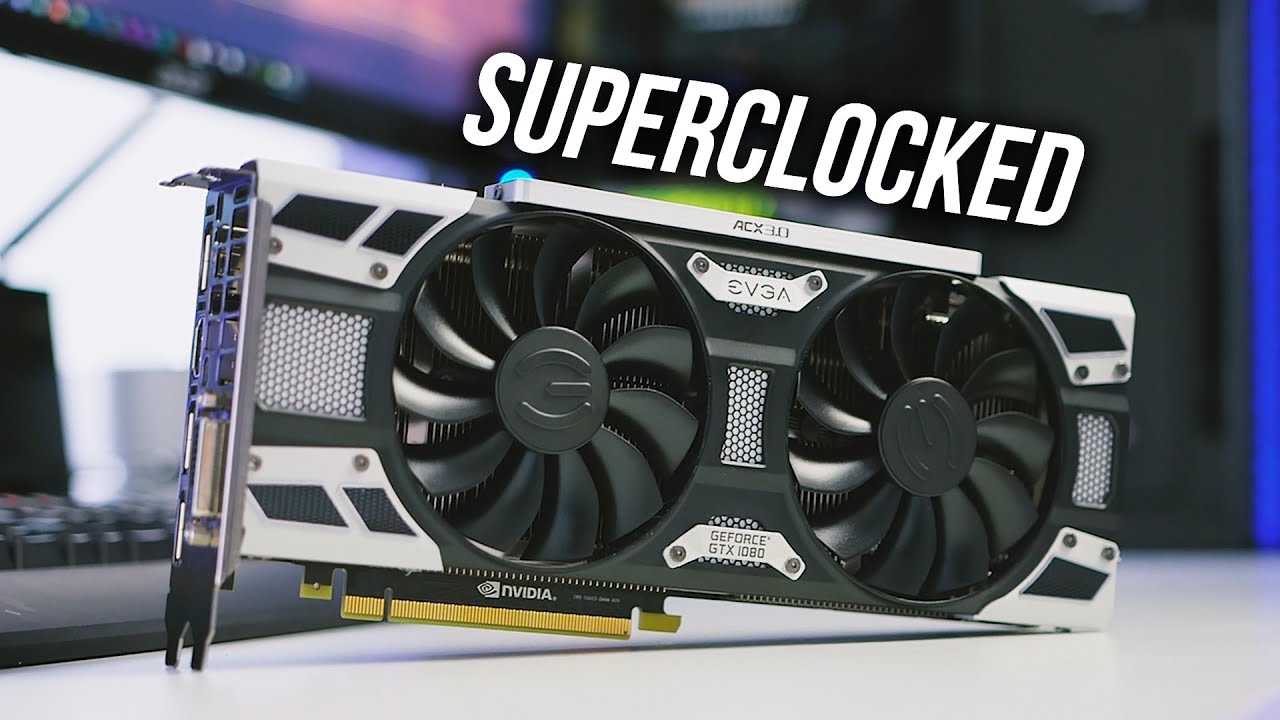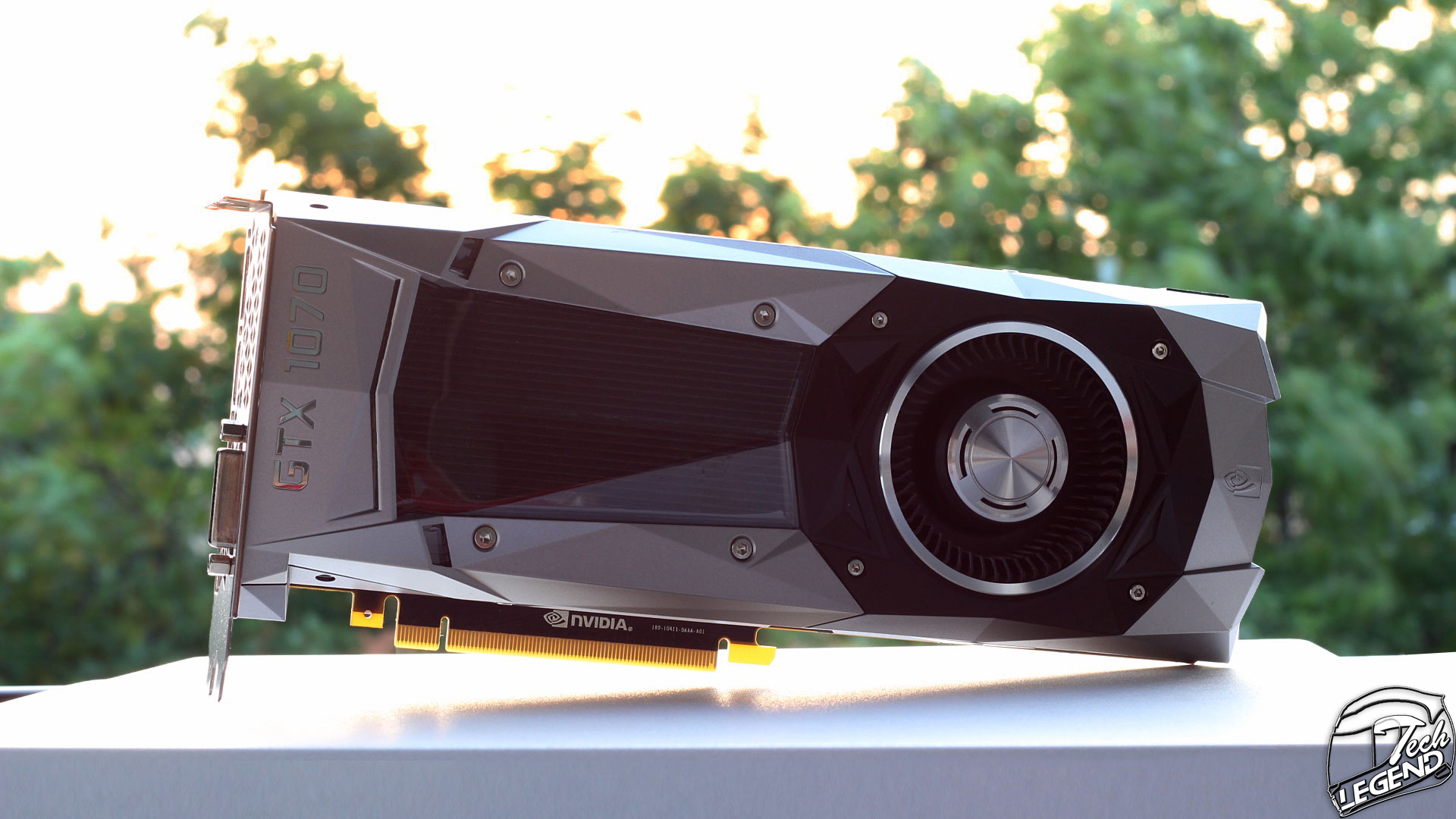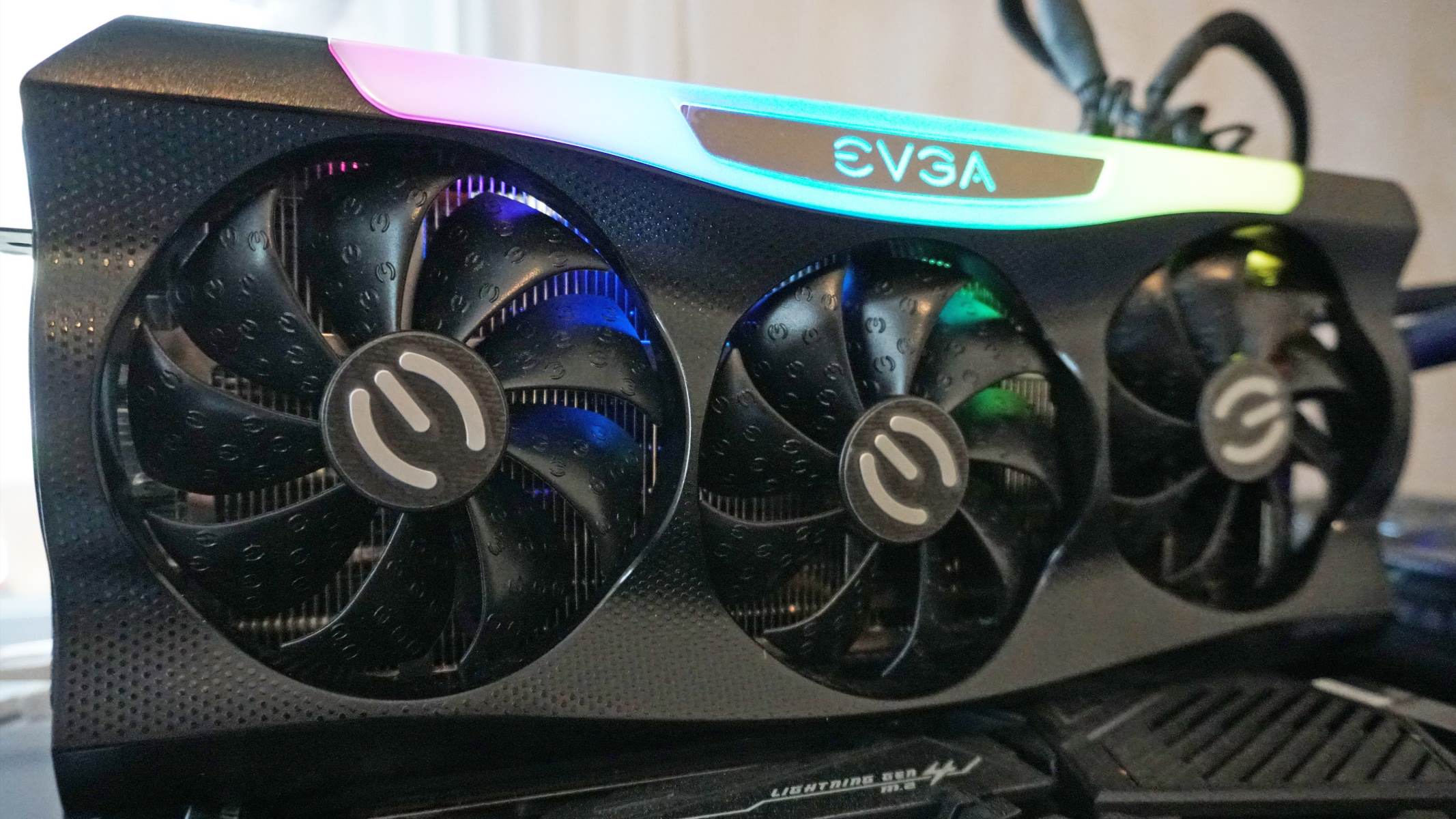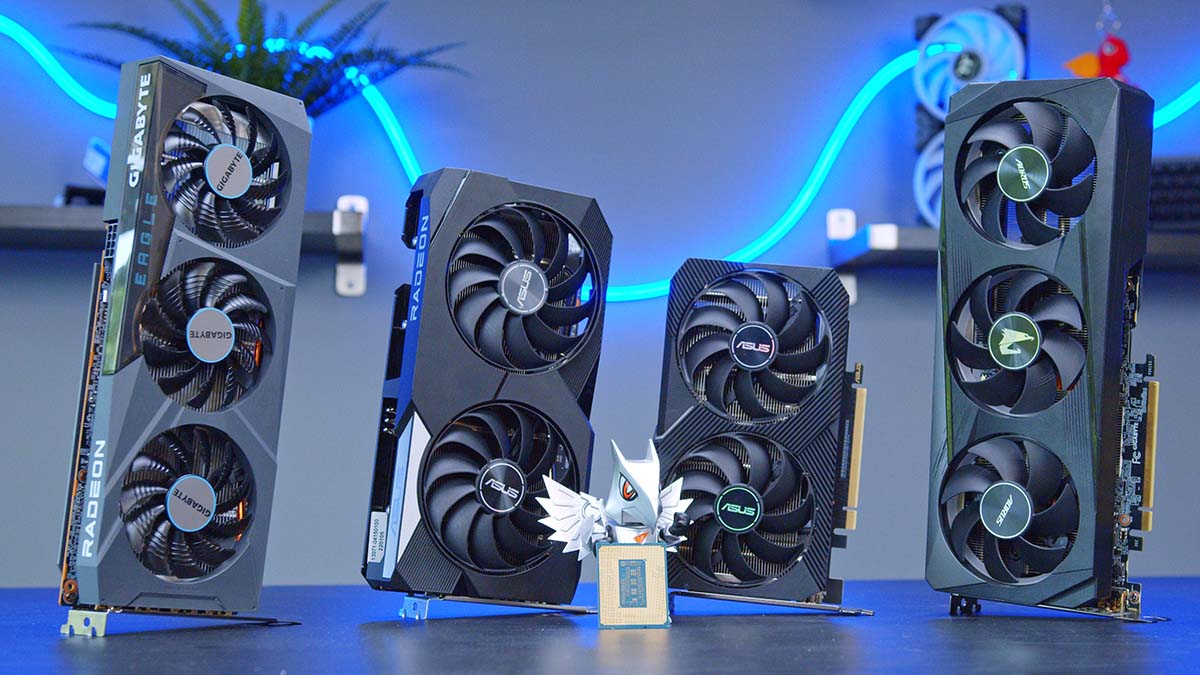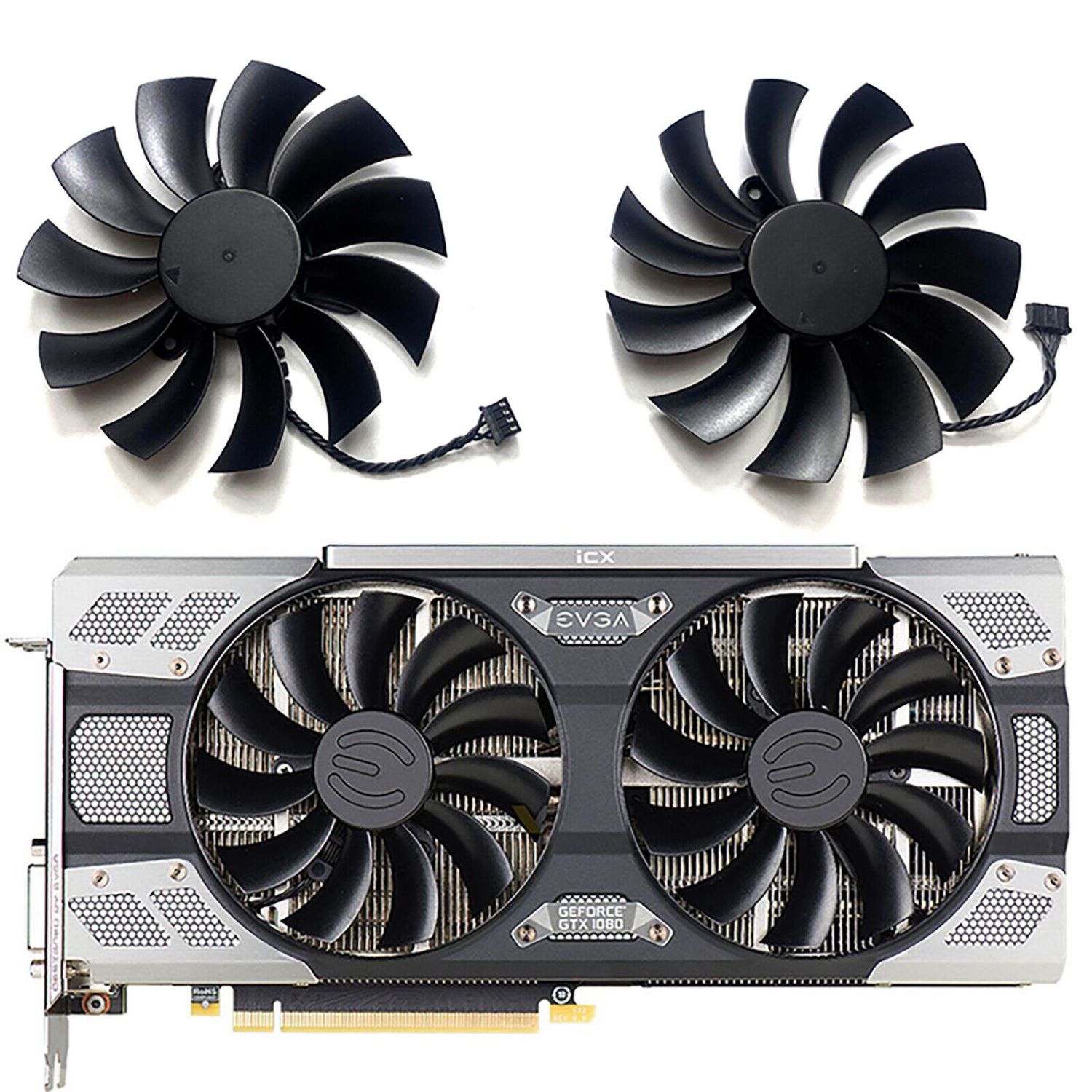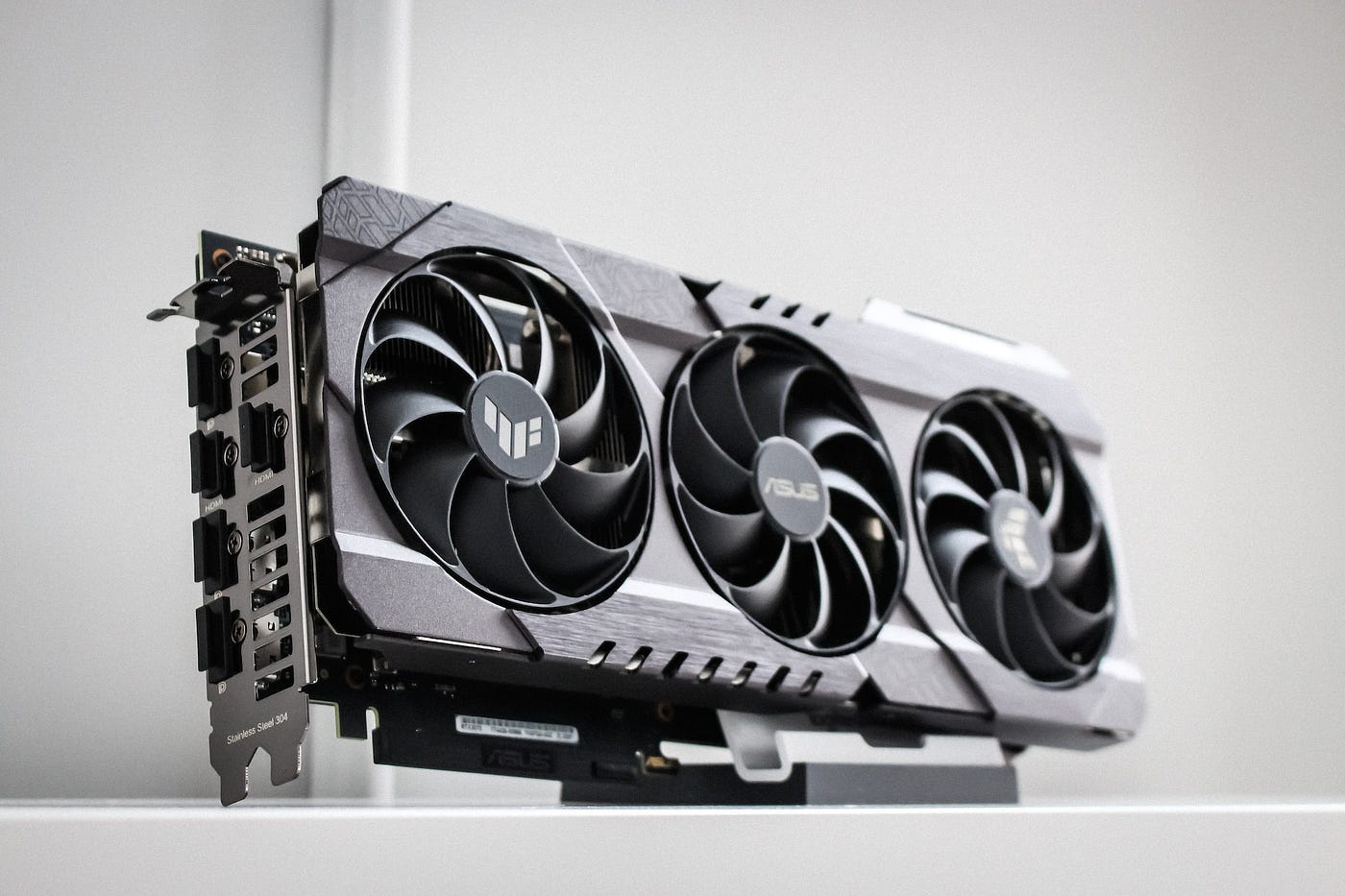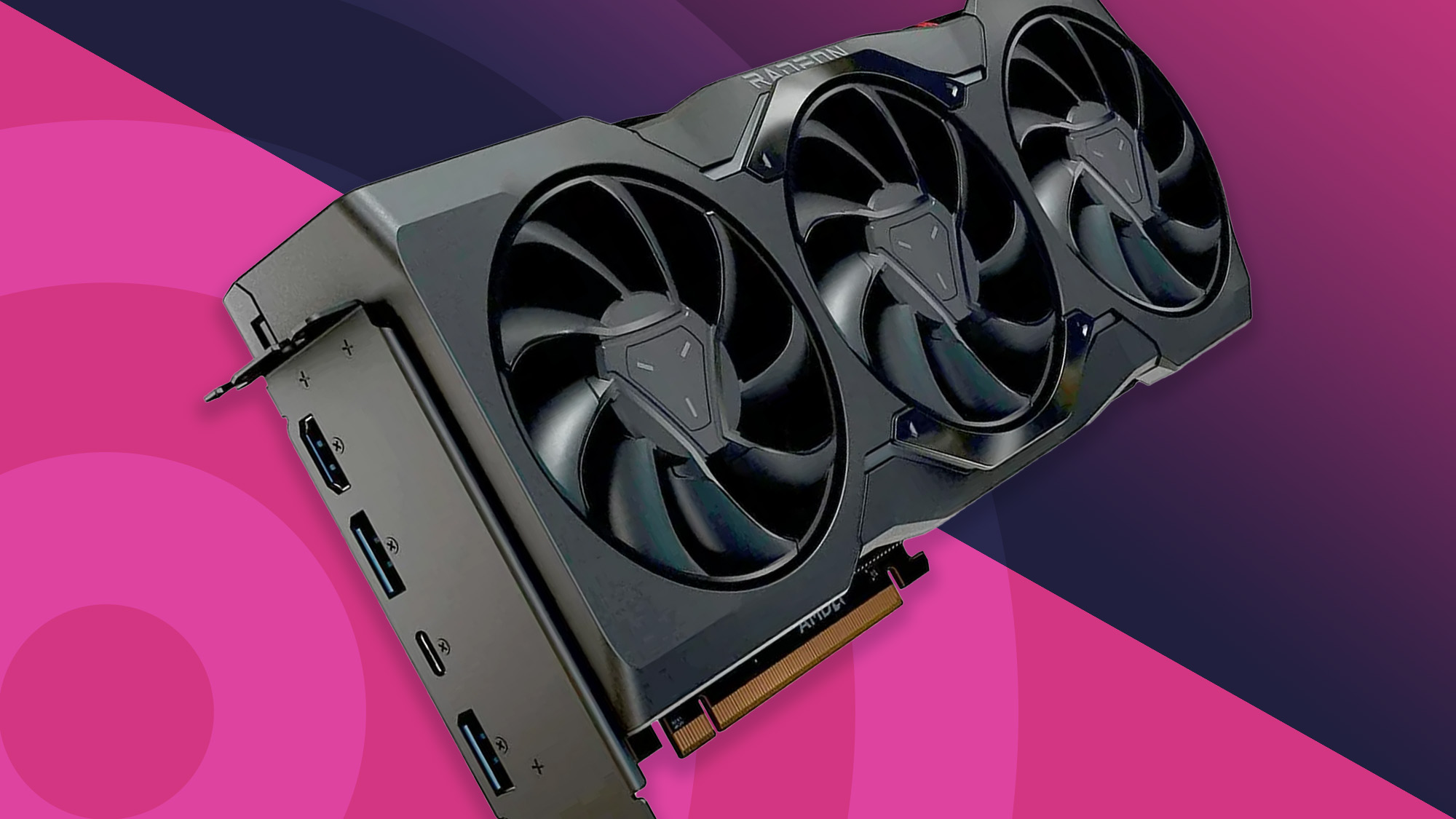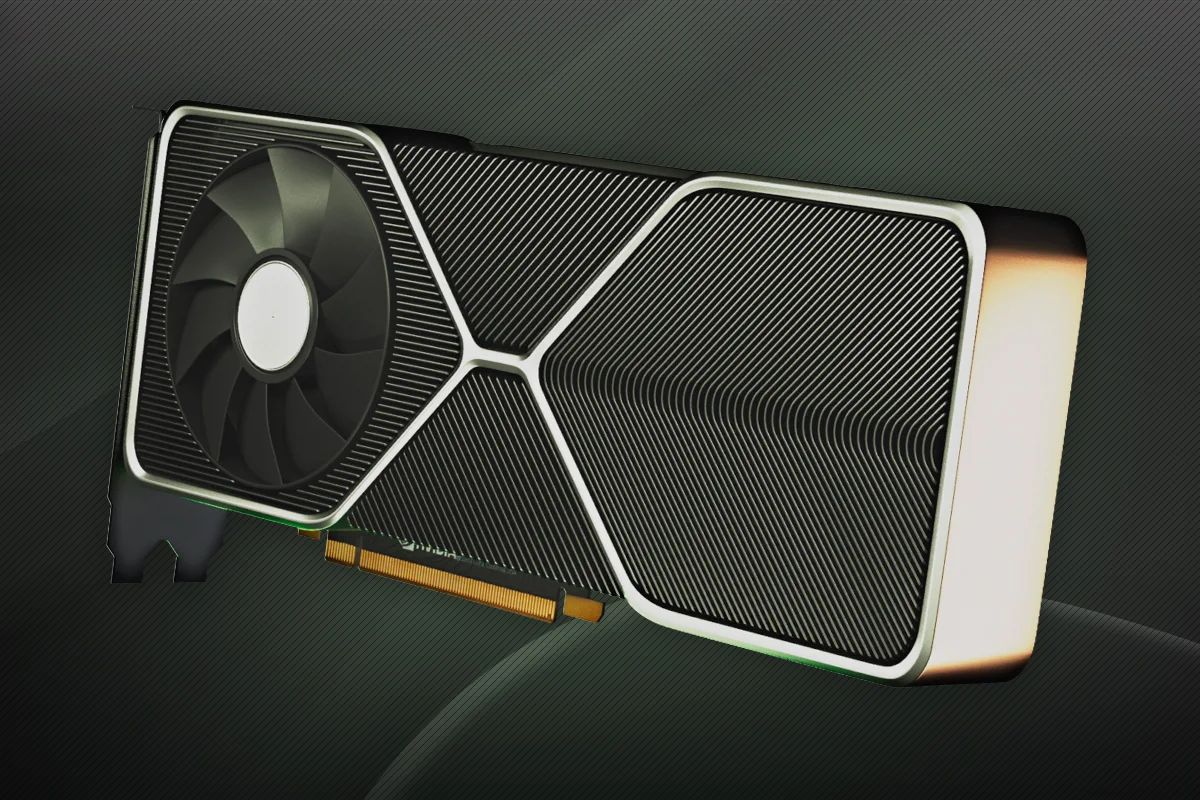Introduction
With the continuous advancements in computer technology, one component that has undergone significant innovations is the graphics card. As the demand for high-quality graphics and immersive gaming experiences grows, manufacturers have developed various versions of graphics cards to meet these requirements. One such version is the “superclocked” graphics card, which has gained popularity among gaming enthusiasts and professionals.
In this article, we will explore what a superclocked graphics card is, how it works, and the benefits it offers over regular graphics cards. We will also discuss important factors to consider before purchasing a superclocked graphics card and address any safety concerns associated with overclocking.
Whether you are a passionate gamer or a professional working with graphic-intensive applications, understanding the concept of a superclocked graphics card can help you make an informed decision when upgrading your system. So, let’s delve into the world of superclocked graphics cards and discover what makes them stand out from the crowd.
What is a Superclocked Graphics Card?
A superclocked graphics card is a version of a standard graphics card that has been pre-overclocked by the manufacturer for enhanced performance. Overclocking refers to the process of increasing the clock speed of a component, such as the GPU (Graphics Processing Unit), beyond its factory-set specifications to achieve faster processing speeds and improved performance. By factory overclocking the graphics card, manufacturers offer users a plug-and-play solution with higher clock speeds without requiring them to manually overclock the card themselves.
The clock speed of a graphics card determines how quickly it can process data and render images. A higher clock speed results in faster calculations, smoother graphics, and improved frame rates, which are crucial for demanding applications like gaming, video editing, and 3D rendering. While regular graphics cards already offer excellent performance, a superclocked graphics card takes it a step further by providing even more processing power.
Superclocked graphics cards typically come with boosted clock speeds on the GPU and sometimes the memory as well. These increased clock speeds allow the graphics card to handle complex calculations and render more detailed graphics in a shorter amount of time. This results in a better overall gaming or graphic-intensive experience, with sharper visuals, quicker response times, and higher frame rates.
It is important to note that not all graphics cards can be superclocked. Manufacturers carefully select specific cards with better cooling solutions, power delivery systems, and higher-quality components to handle the increased clock speeds. These selected cards are then tested and verified to ensure stability and reliability under the boosted clock speeds.
Overall, a superclocked graphics card provides users with a convenient way to experience improved performance without the need for manual overclocking. By offering factory-set higher clock speeds, these cards are specifically designed to deliver exceptional performance straight out of the box.
How Does a Superclocked Graphics Card Work?
A superclocked graphics card operates similarly to a regular graphics card, but with higher clock speeds. The increased clock speeds result in faster data processing, allowing the card to handle more calculations and render graphics more quickly and efficiently.
Inside a superclocked graphics card, there is a GPU with multiple cores, designed to handle various tasks simultaneously. These cores process data and perform calculations to create the visuals you see on your screen. The clock speed determines how fast these cores can perform those calculations.
By factory overclocking the graphics card, the manufacturer increases both the base clock speed and the boost clock speed of the GPU. The base clock speed refers to the default speed that the GPU runs at, while the boost clock speed represents the maximum speed the GPU can reach under certain conditions.
Superclocked graphics cards also sometimes have increased memory clock speeds. The memory clock speed affects the speed at which the GPU can access and retrieve data from the memory. Higher memory clock speeds result in faster data transfer, reducing latency and improving overall performance.
To achieve these higher clock speeds, manufacturers often implement advanced cooling solutions on superclocked graphics cards. Effective cooling is crucial to prevent overheating and ensure stability under the increased clock speeds. This may include larger heat sinks, additional cooling fans, or even liquid cooling systems. These cooling solutions help dissipate the heat generated during intense computation and keep the graphics card running at optimum temperatures.
When the superclocked graphics card is installed in a computer system, it functions like any other graphics card. It receives instructions from the CPU, processes the data using its increased clock speeds, and outputs the rendered images to the display. The higher clock speeds allow the superclocked graphics card to handle demanding tasks more efficiently, resulting in smoother gameplay, faster video editing, and quicker rendering times.
It is important to note that while superclocked graphics cards offer improved performance, they also require an adequate power supply. The increased clock speeds and enhanced performance can translate to higher power consumption. Therefore, it is essential to ensure that your computer’s power supply unit (PSU) can provide enough power to support the superclocked graphics card’s requirements.
In summary, superclocked graphics cards work by increasing the clock speeds of the GPU and sometimes the memory. This results in faster data processing, improved performance, and a better overall experience when dealing with graphics-intensive tasks like gaming, video editing, and 3D rendering.
Benefits of Using a Superclocked Graphics Card
Using a superclocked graphics card offers several benefits for gamers, graphic designers, and professionals working with resource-intensive applications. Here are the key advantages of opting for a superclocked graphics card:
- Enhanced Performance: The primary advantage of using a superclocked graphics card is the significant boost in performance. With higher clock speeds, these cards can handle complex calculations and render graphics faster, resulting in smoother gameplay, improved frame rates, and reduced latency. Whether you’re playing the latest AAA games or working on graphic-intensive projects, a superclocked graphics card can provide a noticeable performance improvement over regular graphics cards.
- Better Graphics Quality: The increased clock speeds of a superclocked graphics card allow for more detailed and realistic graphics. With faster processing power, these cards can deliver higher-resolution textures, better lighting effects, and improved image quality overall. Whether you’re exploring a vast open-world game or working with intricate 3D models, a superclocked graphics card will enhance the visual experience and make everything look more vibrant and lifelike.
- Improved Multi-Monitor Support: Superclocked graphics cards often come with multiple display outputs, allowing you to connect and run multiple monitors simultaneously. This is particularly beneficial for professionals who require extensive screen real estate for tasks such as video editing, 3D modeling, or programming. With a superclocked graphics card, you can extend your workspace, increase productivity, and have a seamless multi-monitor setup.
- Future-Proofing: By investing in a superclocked graphics card, you are equipping your computer system with cutting-edge technology. These cards often incorporate the latest advancements in GPU architecture, memory technology, and cooling solutions. This means that your system will be better prepared to handle future software updates, games, and applications that may demand even more graphics processing power. A superclocked graphics card can ensure that your system remains relevant and capable in the years to come.
- Convenience: While manual overclocking can offer performance gains, not everyone is comfortable with or knowledgeable about the process. Superclocked graphics cards provide a hassle-free solution by offering factory overclocked settings. You can simply install the card and enjoy the enhanced performance without worrying about intricate overclocking configurations or potential risks of improper manual overclocking.
Overall, utilizing a superclocked graphics card can provide a significant performance boost, improved graphics quality, better multi-monitor support, future-proofing your system, and added convenience. Whether you’re a gamer or a professional, a superclocked graphics card can elevate your computing experience and allow you to fully immerse yourself in your favorite games or professional projects.
Factors to Consider When Buying a Superclocked Graphics Card
When purchasing a superclocked graphics card, there are several key factors to consider to ensure that you choose the right card for your needs and maximize its potential. Here are the important factors to keep in mind:
- Compatibility: Before buying a superclocked graphics card, ensure that it is compatible with your computer system. Check the specifications of the card, including the power requirements, physical size, and necessary interface (such as PCIe) to ensure it will fit and work properly with your motherboard.
- Performance: Take into account the specific performance requirements of your intended use case. If you are primarily a gamer, consider the recommended system requirements for the games you play or plan to play. Look for superclocked graphics cards that can handle the maximum resolution and high frame rates you desire. For professionals, consider the demands of the software you use, such as video editing or 3D rendering applications, and choose a card with ample processing power.
- Cooling Solutions: Since superclocked graphics cards operate at higher clock speeds and generate more heat, effective cooling is essential. Look for cards that have robust cooling solutions, such as larger heatsinks, multiple cooling fans, or advanced cooling technologies like liquid cooling. Proper cooling will not only keep the card running optimally but also ensure its longevity.
- Manufacturer Reputation: Consider the reputation and track record of the manufacturer when selecting a superclocked graphics card. Established brands with a history of producing reliable and high-quality components are often a safer choice. They are more likely to provide excellent customer support, regular driver updates, and warranty coverage.
- Budget: Determine your budget for the superclocked graphics card and look for options that fall within your price range. While these cards generally offer superior performance, they can vary significantly in terms of pricing. Research and compare different models to find the best value for your money.
- Reviews and Benchmarks: Read reviews and check performance benchmarks of the specific superclocked graphics cards you are considering. Real-world testing and user feedback can give you valuable insights into the card’s actual performance, temperature levels, noise levels, and compatibility with different software. This information will help you make an informed decision.
By considering these factors, you can choose a superclocked graphics card that meets your performance needs, fits your system, ensures proper cooling, aligns with your budget, and comes from a reputable manufacturer. Taking the time to research and evaluate different options will help you make the right choice and optimize your computing experience.
Safety Concerns with Superclocked Graphics Cards
While superclocked graphics cards offer enhanced performance, it’s important to be aware of potential safety concerns that may arise when using them. Here are some key safety considerations to keep in mind:
- Heat Generation: Superclocked graphics cards tend to generate more heat due to the increased clock speeds. This can lead to higher temperatures inside the computer case. It is crucial to ensure proper airflow and adequate cooling within your system to prevent overheating. Regularly clean the fans and ensure that the cooling components are functioning optimally to avoid any potential damage to the graphics card or other internal components.
- Power Supply Requirements: Superclocked graphics cards often require higher power consumption compared to regular cards. Ensure that your power supply unit (PSU) can provide sufficient power to support the superclocked graphics card. Using an underpowered PSU can result in system instability, crashes, or even damage to the graphics card or other components. Check the manufacturer’s specifications for the recommended PSU wattage and consider a high-quality PSU from a reputable brand.
- Overclocking Risks: While superclocked graphics cards come pre-overclocked from the manufacturer, there may still be a temptation to further push the clock speeds manually for even higher performance. It is important to exercise caution when manually overclocking the card, as excessive overclocking can put additional strain on the components and result in overheating or stability issues. Always monitor temperatures, run stability tests, and gradually increase clock speeds while ensuring proper cooling to mitigate any potential risks.
- Warranty Implications: Using a superclocked graphics card and potentially overclocking it can void the manufacturer’s warranty. It is essential to carefully review the warranty terms and conditions before making any modifications or adjustments to the card. If you encounter any issues, contacting the manufacturer’s support for guidance is recommended to avoid any warranty-related complications.
- Software Compatibility: Some software applications or games may not handle the increased clock speeds of superclocked graphics cards well. Compatibility issues can lead to crashes, graphical glitches, or overall instability. Before purchasing a superclocked graphics card, ensure compatibility with the software you intend to use by checking user forums, software documentation, or the manufacturer’s website for any known compatibility concerns or required updates.
By being aware of these safety concerns and taking appropriate precautions, you can mitigate any potential risks associated with using a superclocked graphics card. Proper cooling, compatible power supply, cautious overclocking practices, and understanding warranty implications will help ensure a safe and optimal experience with your superclocked graphics card.
Overclocking vs Superclocking Graphics Cards
When it comes to maximizing the performance of a graphics card, two common methods are overclocking and superclocking. While they may seem similar, there are key differences between the two approaches. Let’s explore the distinctions between overclocking and superclocking graphics cards:
Overclocking:
Overclocking involves manually increasing the clock speeds of a graphics card, typically beyond the manufacturer’s specifications. This can be done by adjusting the card’s settings in software, such as the graphics card control panel or through third-party overclocking utilities. Overclocking allows users to fine-tune the clock speeds to achieve higher performance.
One advantage of overclocking is the flexibility it offers. Users can customize the clock speeds to their desired levels, push the card’s performance beyond its default settings, and potentially achieve even greater performance gains. However, manual overclocking requires technical knowledge, patience, and experimentation to find stable settings that don’t compromise system stability or risk damaging the card due to excessive heat or voltage.
Superclocking:
Superclocking, on the other hand, is the process of factory overclocking a graphics card by the manufacturer itself. The manufacturer selects specific graphics card models and increases their clock speeds before selling them to consumers. This means that the performance boost is already applied by the manufacturer, and users do not need to manually adjust the clock speeds themselves.
The advantage of superclocking is the convenience it offers. Users can simply purchase a superclocked graphics card and immediately enjoy the enhanced performance without the need for manual tweaking or overclocking knowledge. Superclocked graphics cards often come with robust cooling solutions and optimized power delivery to ensure stability and longevity.
Differences:
While both overclocking and superclocking aim to increase performance, there are a few notable differences between the two:
- Responsibility: Overclocking puts the responsibility on the user to adjust the clock speeds, monitor temperatures, and ensure stability. Superclocking, on the other hand, is performed by the manufacturer, who tests and verifies the stability of the increased clock speeds beforehand.
- Warranty: Overclocking can potentially void the warranty provided by the manufacturer, while superclocking typically does not void the warranty as it is performed by the manufacturer itself and the card is designed to handle the increased clock speeds.
- Control: Overclocking gives users complete control over the clock speeds, allowing for fine-tuning and experimentation. Superclocked graphics cards have the clock speeds set by the manufacturer, offering less control but greater convenience for those who prefer a plug-and-play solution.
- Stability: Overclocking can sometimes result in instability if the clock speeds are pushed too far, leading to crashes, freezes, or other system issues. Superclocked graphics cards undergo thorough testing to ensure stability under the increased clock speeds.
In summary, overclocking and superclocking are two approaches to achieving higher performance with graphics cards. Overclocking requires manual adjustment of clock speeds by the user and offers greater flexibility but requires technical knowledge and carries potential risks. Superclocking, done by the manufacturer, provides convenience and optimized performance out of the box but offers less control over the clock speeds. Both methods allow users to maximize the potential of their graphics cards according to their specific requirements and comfort level.
Conclusion
Superclocked graphics cards offer a convenient way to experience enhanced performance without the need for manual overclocking. These cards come with factory-set higher clock speeds, providing faster processing power for demanding tasks such as gaming, video editing, and 3D rendering. By opting for a superclocked graphics card, users can enjoy smoother gameplay, improved graphics quality, and better overall performance.
When buying a superclocked graphics card, it is important to consider factors such as compatibility, performance requirements, cooling solutions, manufacturer reputation, and budget. Ensuring proper cooling and a compatible power supply are crucial for maintaining the card’s stability and longevity. Reading reviews and checking performance benchmarks will help make an informed decision.
While using a superclocked graphics card can greatly enhance your computing experience, it is essential to be mindful of potential safety concerns. Proper cooling, caution with overclocking, and understanding warranty implications are key to avoiding any risks associated with increased power consumption and heat generation.
Lastly, it is worth noting the distinctions between overclocking and superclocking. Overclocking involves manually adjusting the clock speeds to achieve higher performance, while superclocking is done by the manufacturer, offering enhanced performance out of the box. Both methods have their benefits and trade-offs, depending on the user’s technical knowledge, control preferences, and the degree of convenience sought.
In conclusion, superclocked graphics cards are an excellent choice for those seeking a quick and straightforward solution to increase performance. By considering the factors discussed and ensuring proper precautions, users can enjoy the benefits of a superclocked graphics card and elevate their gaming, creative work, and overall computing experience.







